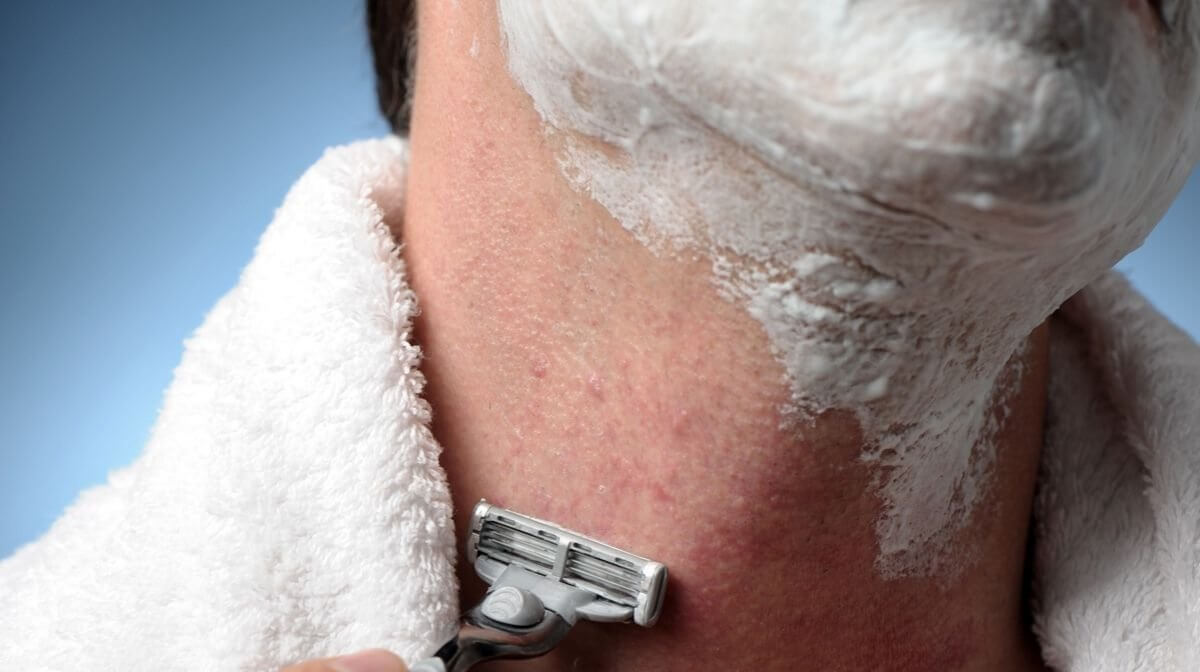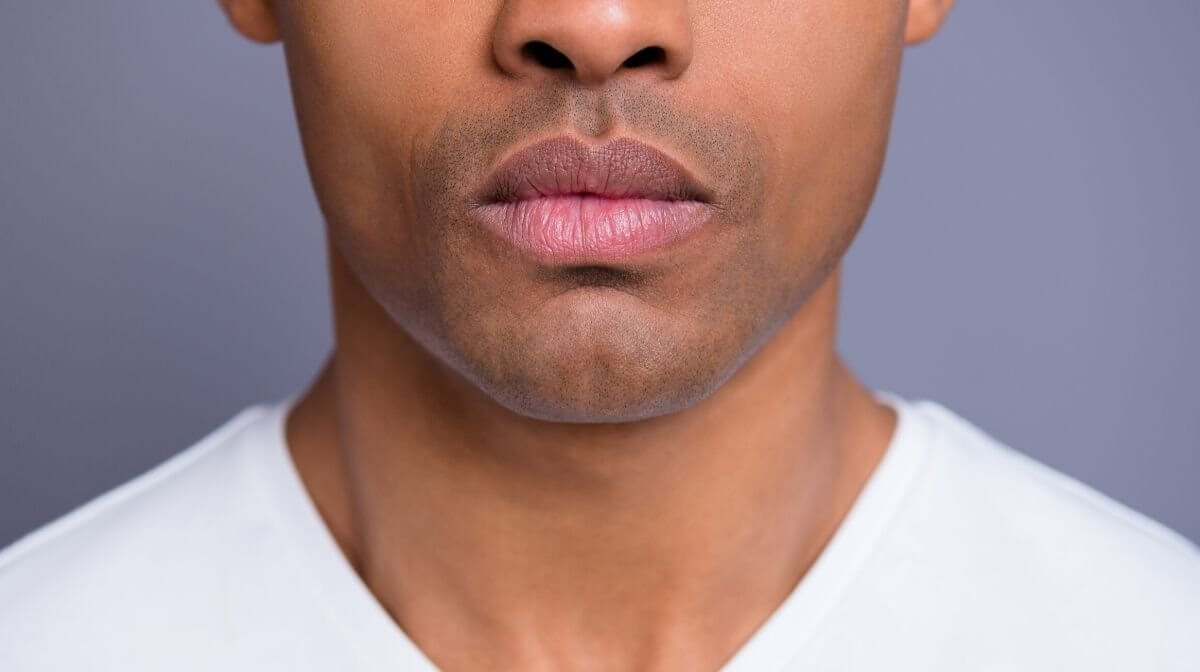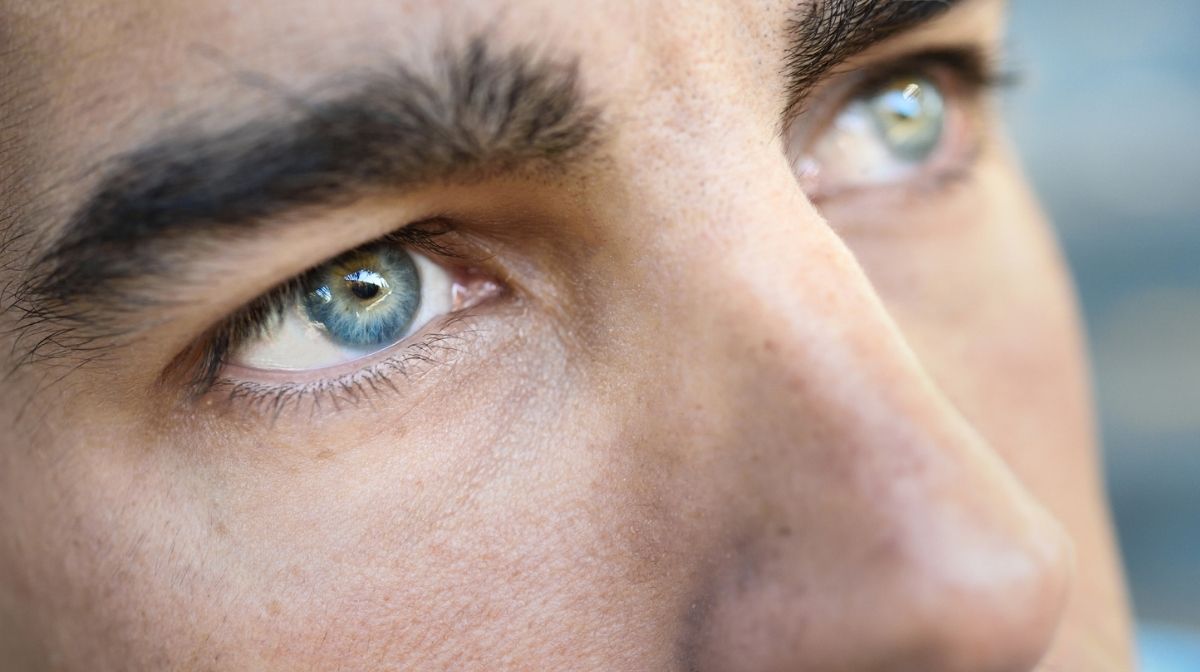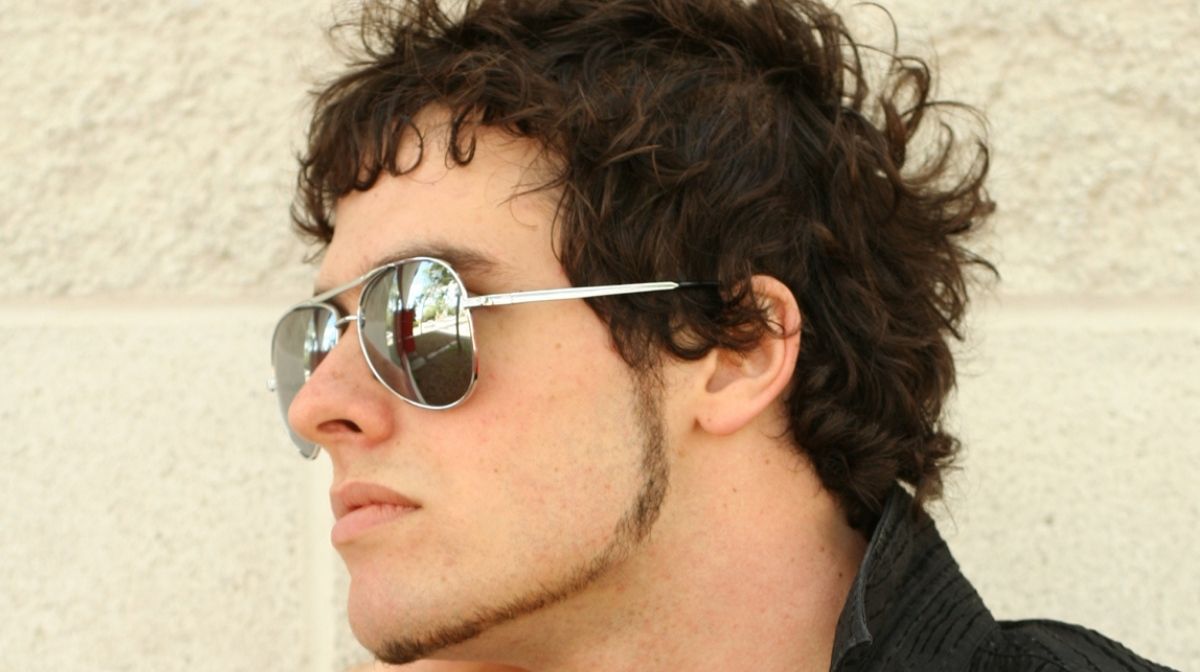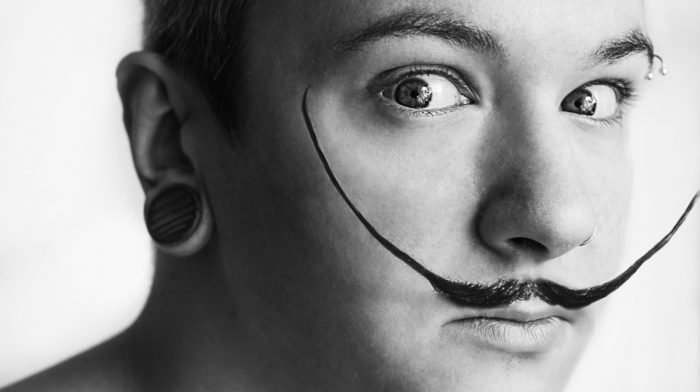What’s the Difference Between Acne and Spots?
If you have acne, you’ll have spots – but spots don’t always mean that you have acne. Sometimes, you’ll get a few pimples if you haven’t been washing your face thoroughly, or if your skin is greasier than normal – even decades after your teens. Find out more about shaving with acne.
Spots tend to occur when your pores are blocked by dirt, bacteria or excess oil, while acne stems from your hair follicles becoming blocked.
Spots and pimples tend to be smaller, milder and less painful than acne, but they’re also more likely to have heads.
If you squeeze your spots or accidentally knock the heads off with your razor, the bacteria that’s been inside your pores could end up spread all over your face, infecting more pores, resulting in more spots. This is why a steady hand is so important for shaving spots.
Spot the Difference Between Pimples and Razor Bumps
Pimples can look like razor bumps and vice versa, so you need to know what you’re dealing with.
Razor bumps can look very similar to acne, because they form when facial hair gets trapped under your skin, which can easily happen as these hairs are so short. Trapped hairs can form bumps on the surface of your skin that look like spots.
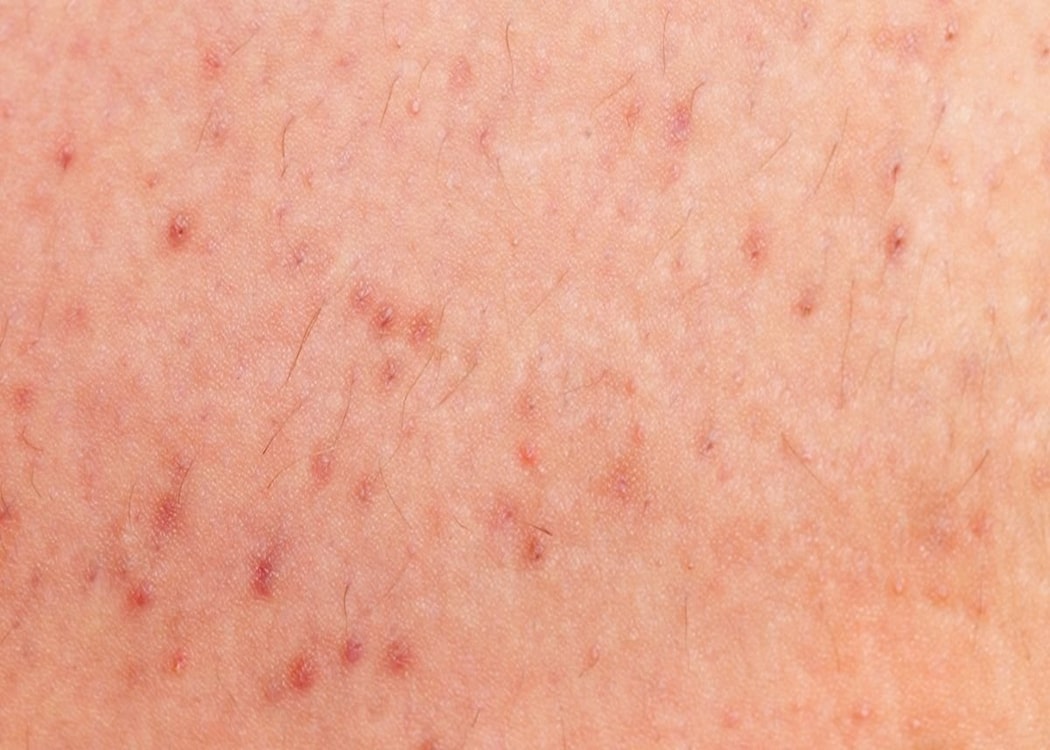
How to Get Rid of Razor Bumps
Avoid razor bumps by properly hydrating and cleansing your facial hair before you start shaving, using a product like our Gillette SkinGuard Sensitive Men’s Shaving Gel or SkinGuard Sensitive Men’s Shaving Foam, which are designed to shield your skin from further irritation.
Use your razor to make gentle strokes to reduce your risk of shaving bumps, and always moisturise with a product like our Gillette Aftershave Moisturiser once you’re finished.
